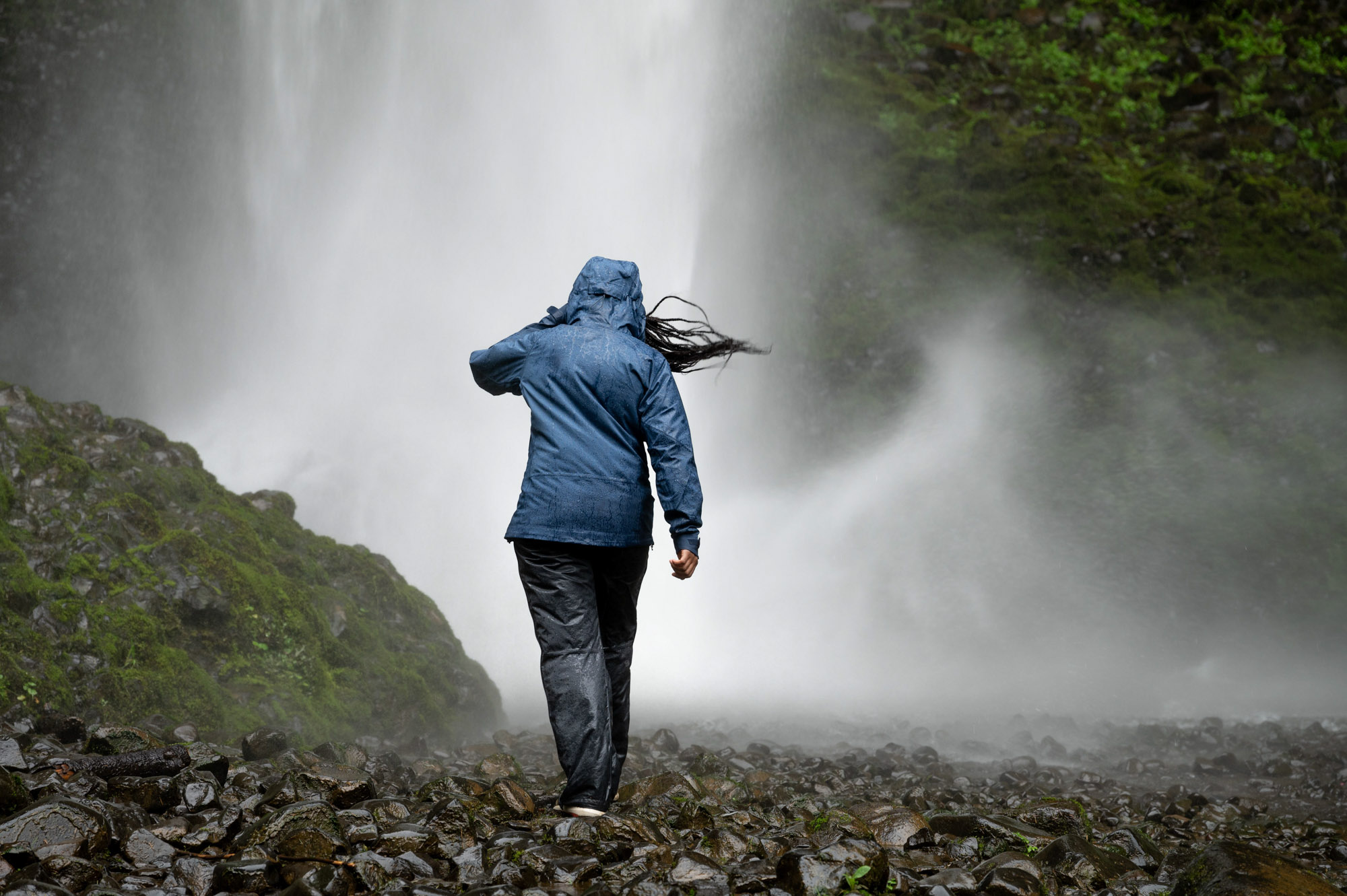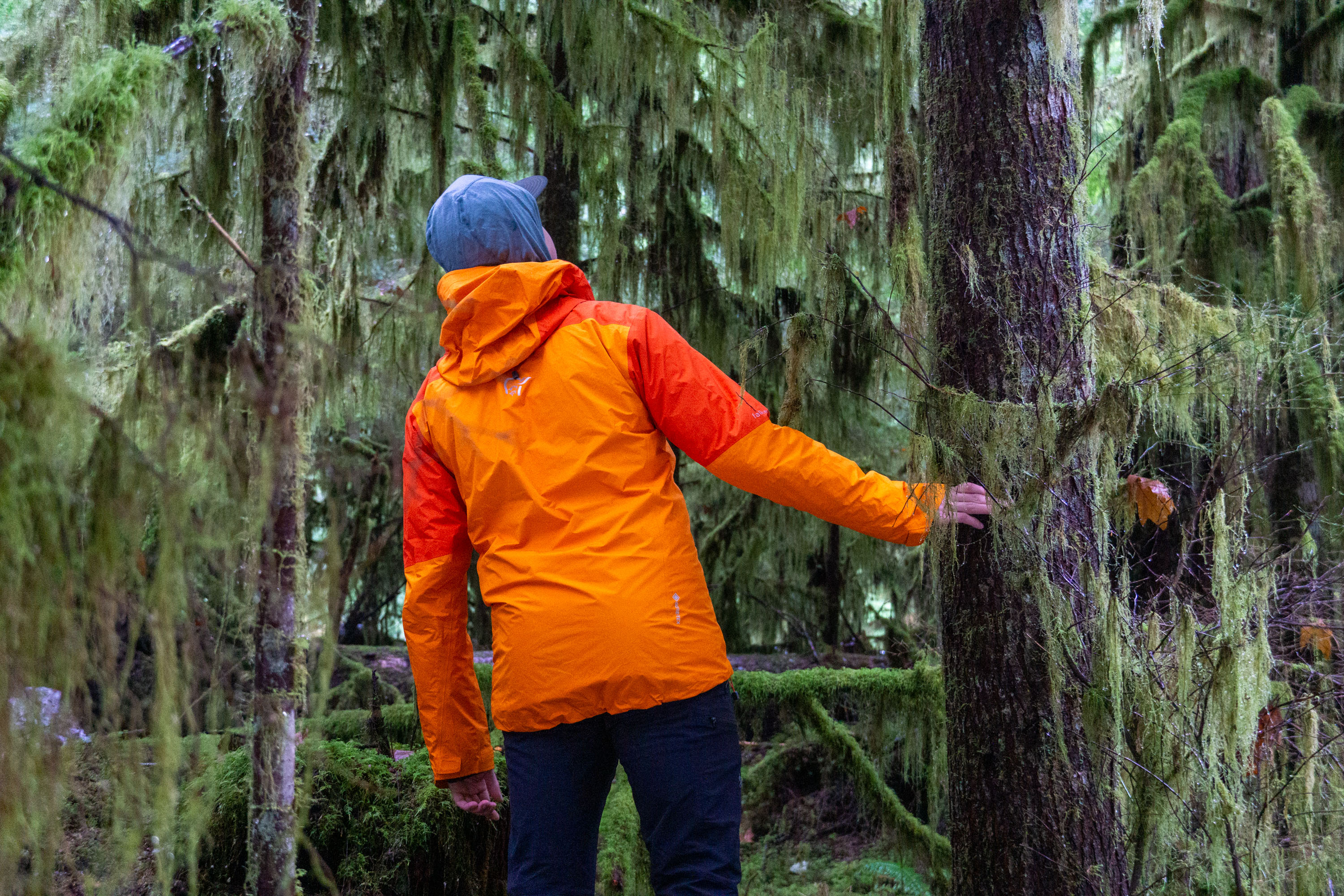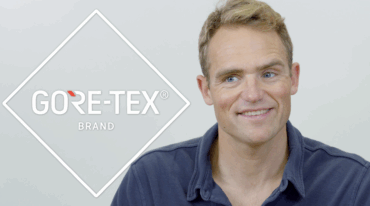‘Make it breathe, make it move.’ The North Face aims for that goal with Ventrix, a wild new jacket line and insulation type launched this year.
From down to synthetic fills, jacket insulation is traditionally a static material. New this year, The North Face created a dynamic option with its Ventrix Jacket, including dozens of laser-cut vents that open and close mechanically with a wearer’s motion.
By leveraging the full design team at The North Face and athlete testers including Alex Honnold, Sam Elias, and Emily Harrington, the company adds a new contender in the category of active-insulation jackets.
We spoke with Jason Israel, Design Director in the company’s Mountain Sports division, to learn what makes the Ventrix Jacket special. Peek inside the lab at The North Face.
Interview: Jason Israel, The North Face
GearJunkie: Where did the original idea for the Ventrix Jacket come from?
Israel: The North Face tasked us to make insulation that breathed better about two years ago. When beginning research for what would become Ventrix, I studied body movement and the key “vent zones” that help keep you from overheating or sweating-out.

It was an incredibly fluid and loose process with my team, which is how I like to create: asking questions, being curious, trying, failing, learning from each trial, and applying these findings to the next round.
Our challenge was to manipulate insulation to achieve some kind of active thermoregulation. One day, I took a razor blade and scissors to a sheet of polyester to cut in these vertical slits. That was the first prototype for the Ventrix Jacket.
What came next in the lab?
Following this technique, we took different raw materials — cutting them, stretching them, sewing full jackets out of sheet insulations — and trying it on like a normal garment. Through this process we identified how the insulation reacted to slits and how these slits engaged with movement.
In further development, we were able to create something that would remain closed in the still/static state and open with movement and activity.

After several rounds of rapid prototyping and studies, we got behind the concept of dynamic venting at the insulation level. To that point, most of our focus was on the insulation technology itself. Then we shifted and began exploring how the insulation interacted with the lining and outer materials, fit, pockets, and lines of the garment.
Beyond the slits in the insulation, what were some hurdles?
To promote the vented technology, we selected high-cfm (breathable) and stretchy fabrics. Then we spent extensive time looking at how seaming details could amplify the vented slits. This significantly influenced the shape of the back-raglan shoulder seams and rear panel darting, which are made to act as integrated stitch anchors to force the insulation slits open when under tension.
Is it true the team brought in Alex Honnold and several other The North Face athletes to real-world test the Ventrix Jacket?
Yes. We did our part in the lab and with design and then got jackets into the field. As one example, Alex Honnold gave me a rough list of big, multi-pitch climbs completed in the jacket. They included El Cap ascents and the Rainbow Wall in Red Rock [Nevada], where he climbed several chimney and flare systems with “1,100-feet of straight-up offwidth/chimney climbing in the jacket.” That’s a significant durability test!

What kind of lab-driven metrics around breathability or venting did your team obtain on the jacket?
We conducted a range of tests both in the lab and in the field. Quantitative data from the lab confirmed the dynamic venting idea. To do this, we created a composite test of the full material package (lining fabric, insulation, outer fabric) in three phases:
1) Relaxed State (slits/perforations closed)
2) Slightly Open State (slits/perforations under slight stretch tension)
3) Maximum Open State (slits/perforations fully engaged and open)
This is just one way that we quantified the benefit of enhanced breathability when stretching the garment in an aerobic state.
Additionally, we used in-field comfort testing. This included the Ventrix Jacket prototype, a control sample of a standard synthetic jacket, and competitor products. Testers wore these with data equipment to provide heat index numbers.
Did bio-mimicry play into the design?
At some level, everything we do here is inspired by bio-mimicry and nature. Curiosity drives everything, and the learnings are endless when you allow yourself to get lost in the research process.
Whether it’s a deep dive on how birds thermoregulate, how termite farms create natural ventilation systems, or even how lotus leaves repel water, all of this influences our process and design.
This article is sponsored by The North Face. Jason Israel leads the design effort behind the Ventrix Jacket with a team including Jasmin Ghaffarian, Randy Schwartz, Rob Fry, Shelby Collins, Rick Griffin, Jeff Dorton, and Kin Chan. See the full breakdown and more info about the Ventrix Jacket at The North Face.






